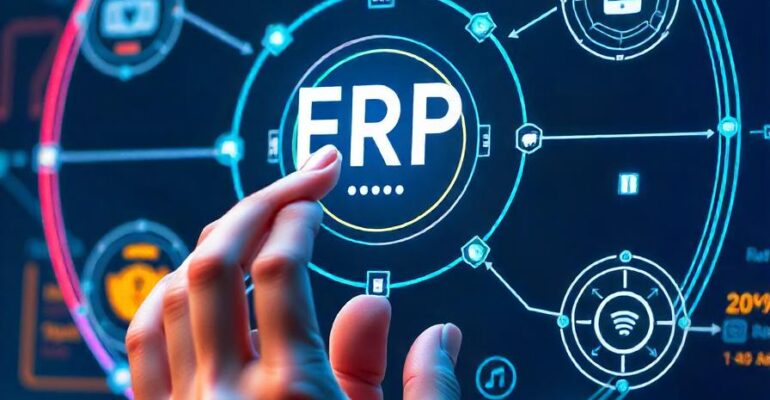How GPTs Provide a Human-Friendly Command Interface for ERP Systems

In today’s rapidly evolving business landscape, Enterprise Resource Planning (ERP) systems are essential tools for managing critical functions such as inventory, accounting, human resources, and customer relations. However, ERP systems have historically been complex and require specialized training for efficient use. This complexity often makes ERPs intimidating for many users, leading to underutilization of these powerful tools. Enter Generative Pre-trained Transformers (GPTs) — advanced AI models that are reshaping how users interact with ERPs by providing a human-friendly, conversational interface.
1. Simplified Interaction with Conversational Commands
GPT-powered interfaces in ERPs allow users to interact with the system through natural language commands instead of complex menu navigation or memorizing specific command sequences. For example, instead of navigating through multiple tabs to generate a sales report, a user can simply type or say, “Show me the sales report for last quarter.” The GPT model interprets this command, interacts with the ERP’s backend, and presents the requested data in a user-friendly format. This transformation enables non-technical users to access ERP functionality quickly, enhancing efficiency across departments.
2. Personalization and Contextual Awareness
One of the key advantages of GPTs is their ability to remember context and learn user preferences. In an ERP setting, this means the AI can adapt responses based on the user’s role or department, making the interaction highly personalized. For instance, a sales manager might get suggestions and quick access to customer data, while an inventory manager receives inventory forecasts and stock alerts. This contextual awareness helps streamline workflows and ensures users receive relevant information without sifting through irrelevant data.
3. Training and Onboarding Made Easy
Traditionally, training employees on ERP systems can be a lengthy and costly process. However, with GPT-powered assistance, users can interact with ERPs intuitively, reducing the need for extensive training. New users can simply ask questions or request help on specific functions, and the AI provides real-time guidance, often mimicking the assistance of a personal mentor. This significantly reduces the learning curve, allowing companies to save on training resources and time.
4. Enhanced Data Accessibility and Visualization
GPTs also facilitate improved data accessibility by generating visualizations and summaries that are easy to understand. Instead of pouring through rows of data, users can request specific insights, and the AI presents charts, graphs, or concise summaries tailored to their needs. This capability transforms raw ERP data into actionable insights, supporting faster and more informed decision-making.
5. Secure, Scalable, and Constantly Improving
GPT models are scalable and secure, designed to comply with data privacy standards, ensuring sensitive information is protected. Furthermore, as these models evolve, they continue to improve in terms of response accuracy and understanding complex business requests. This adaptability makes GPTs a sustainable solution for ERP systems, capable of evolving with the needs of a growing business.
Conclusion
GPTs are revolutionizing ERP systems by making them more accessible, intuitive, and user-friendly. Through natural language processing and contextual awareness, GPT-powered ERPs allow employees to interact seamlessly with their data, transforming how businesses operate. This user-centric approach empowers organizations to make the most of their ERP investment, unlocking higher productivity and efficiency across the board.
ERP #ArtificialIntelligence #GPT #BusinessAutomation #UserFriendly #DigitalTransformation #AI #Productivity #TechInnovation #DataVisualization


